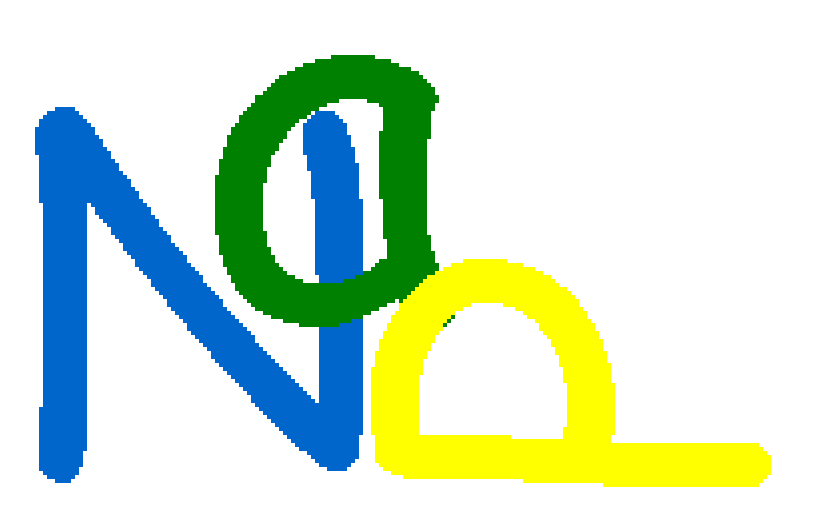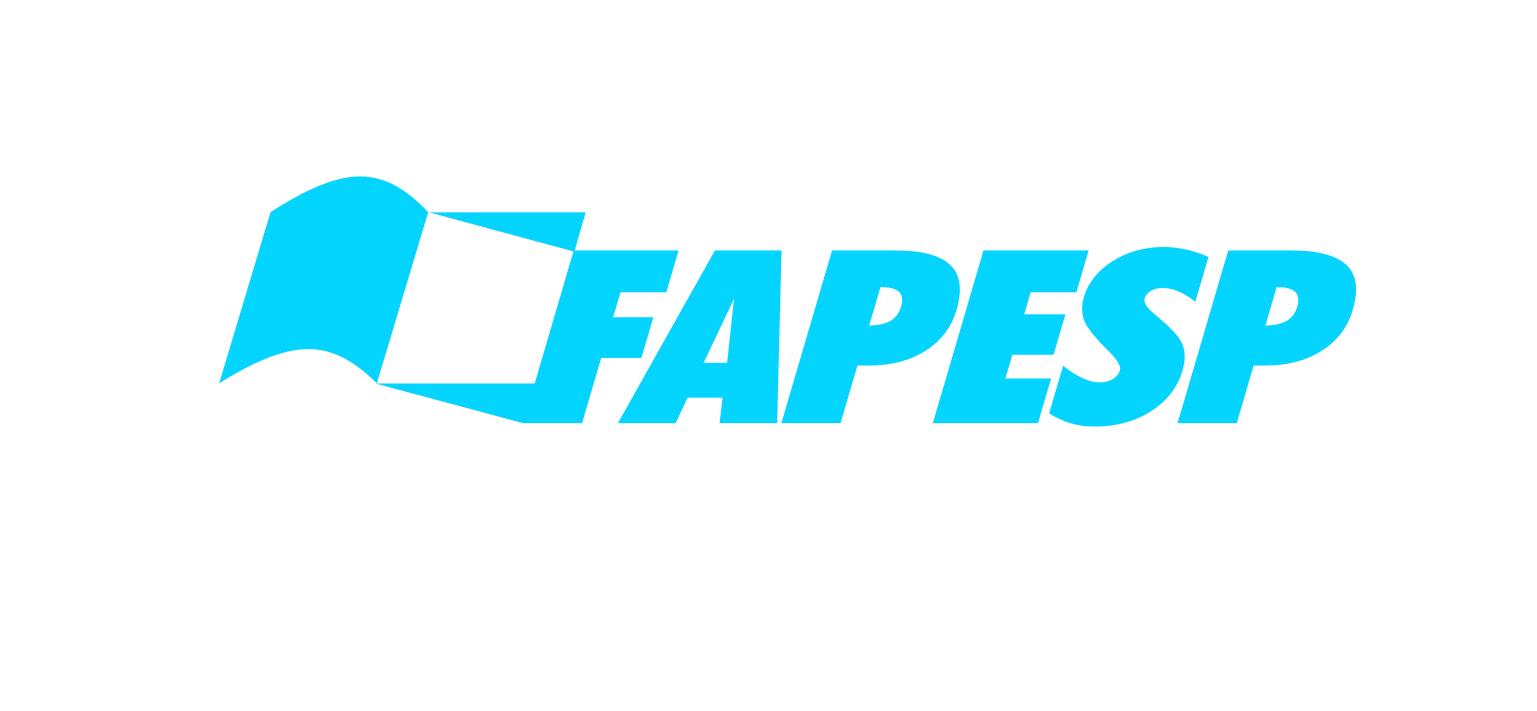A Marcação Temporal No Seu Nicho: Engajamento, Explorabilidade e Atenção Criativa
Floriano Pinheiro da Silva (NAP/UFAC), Marcelo Soares Pimenta (UFRGS), Victor Lazzarini (NUI-Maynooth), Damián Keller (NAP/UFAC)
Abstract. We present results of an exploratory field study of the time tagging metaphor. Six subjects (N = 6) – musicians and non-musicians – performed creative musical activities using the tool mixDroid. Two types of sound samples were used: animal sounds (prominently frogs sounds) and urban sounds (traffic sounds recorded at a busy road). A total of 47 iterations (i = 47) were done involving multiple locations: inside an isolated environment (studio) and at the sites where sound samples had been gathered. Support for creative activity was assessed through the protocol CSI-NAP. Overall results yielded high usability assessments, particularly for the factors enjoyment and collaboration. No differences were found on the subjects' assessmentes of the activity type (creation vs. imitation). Both sound-sample classes yielded similar results. Activities carried out by musicians inside the studio got the lowest scores, but initially we could not determine whether this effect was correlated to the subject profile or to the location. A more refined analysis unveiled compound effects due to the type of sample and the location of the activity on the explorability factor (for animal sounds) and on explorability, productivity and concentration (for urban sounds). These results point to explorability and engagement as relevant constructs in ubiquitous musical activities. A selective attention phenomenon – triggered in the context of creative activities outside the lab – is suggested as a possible explanation for the subjects evaluations of the concentration factor.






